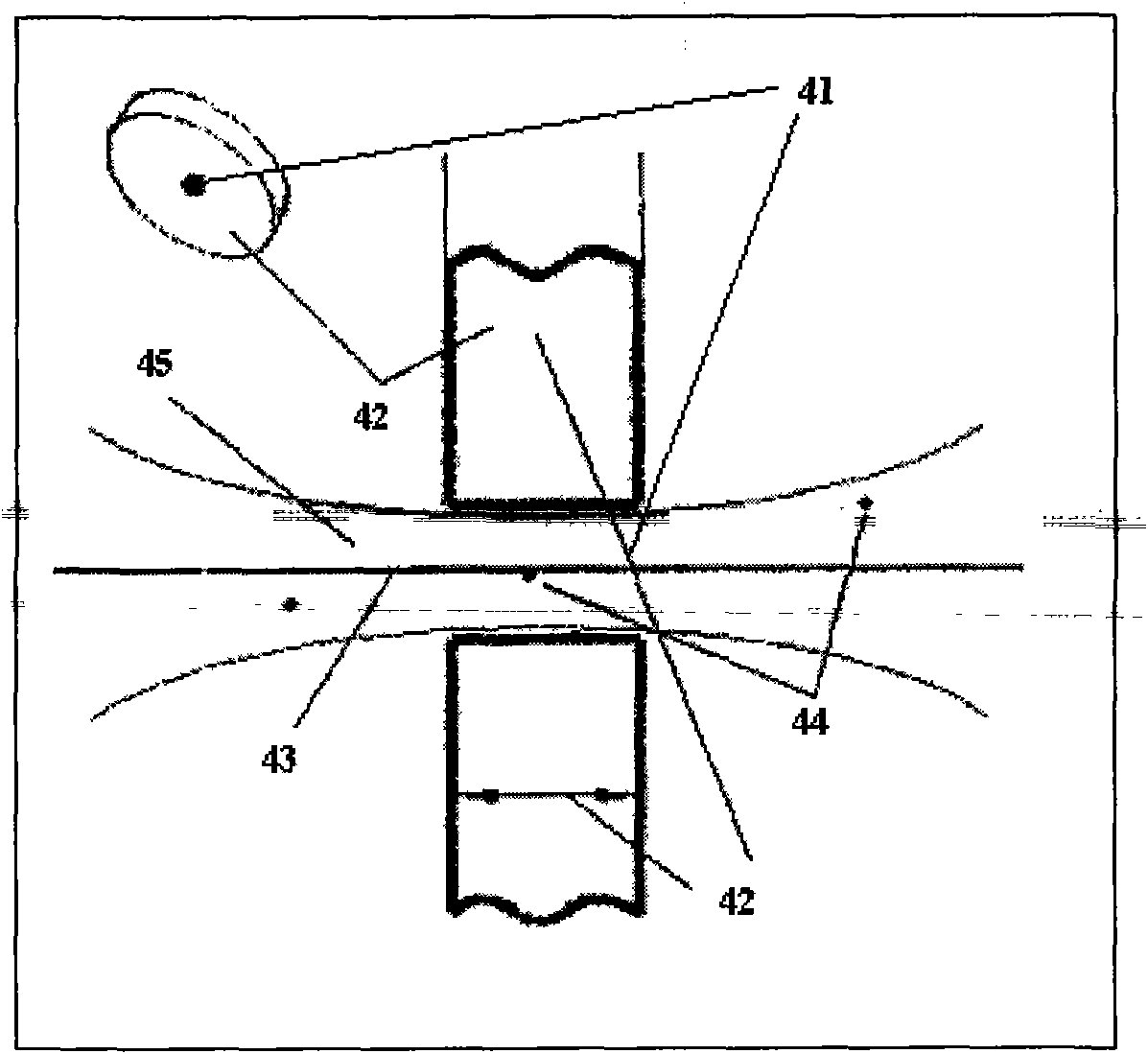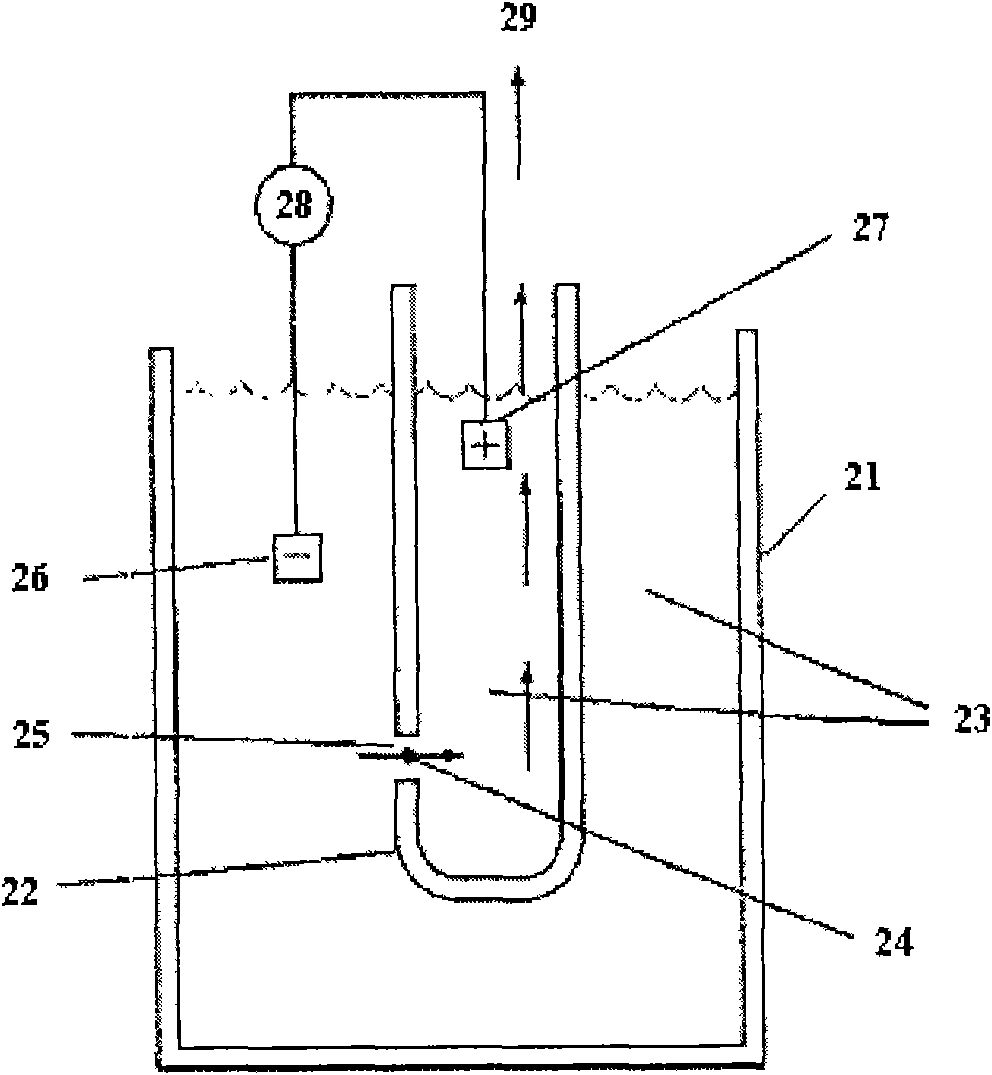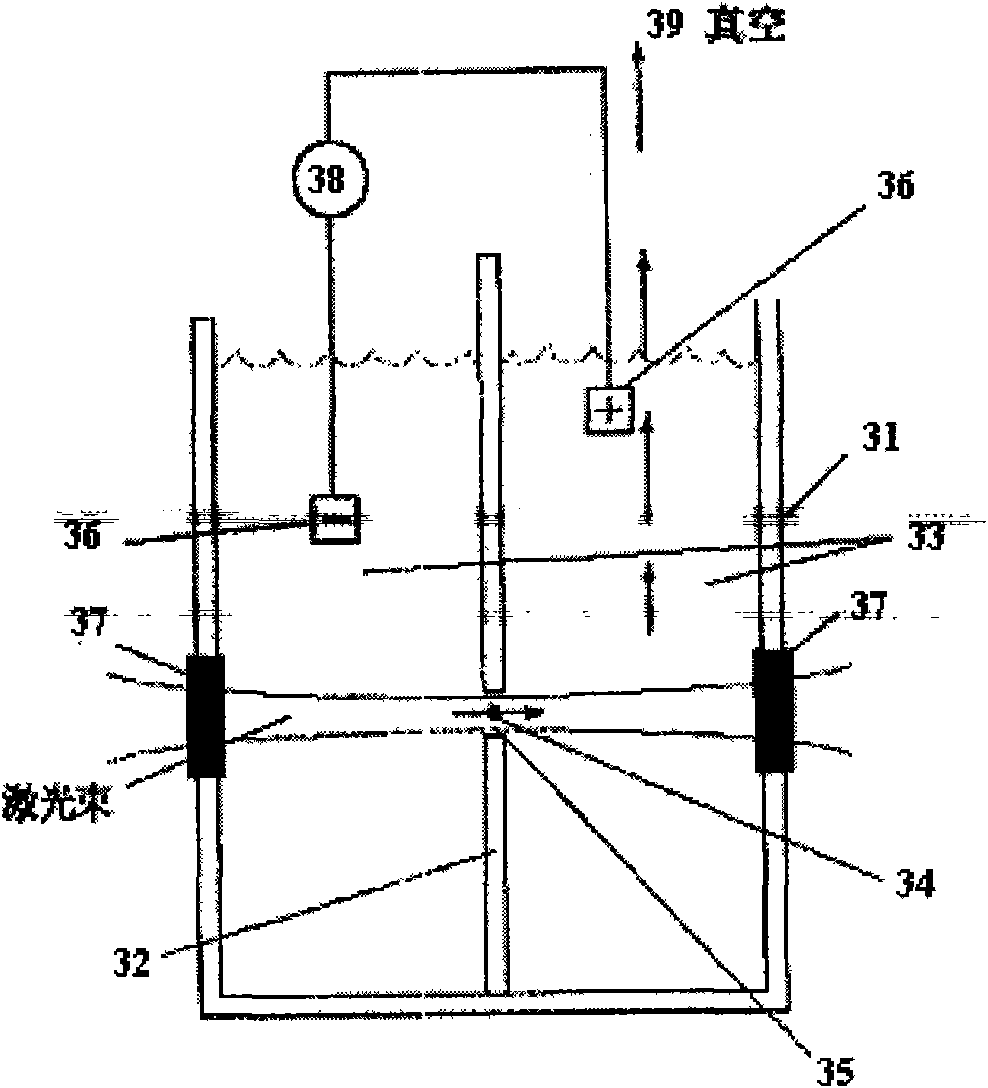Method of coaxial lighting in Coulter micro-hole of full-functional blood analyzer and analyzer therefor
A technology for Coulter microwell and blood analysis, which is applied to the coaxial illumination method of Coulter microwell and its analytical instrument field, can solve the problems of the structure and cost being far apart, and achieves the improvement of the signal-to-noise ratio and the improvement of the The effect of discrimination
- Summary
- Abstract
- Description
- Claims
- Application Information
AI Technical Summary
Problems solved by technology
Method used
Image
Examples
Embodiment 1
[0182] see Figure 10 , the laser 13, such as a fiber-coupled laser, the output light of the optical fiber 12 enters the illumination optical system 8 through the beam splitter 11, and the focused light beam 7 is focused to the blood cell 4 in the center of the microwell through the optical window 6 (right side) of the microwell pool superior. The forward scattered light (FLS) or axial light loss (ALL) generated by the interaction between the irradiated light and the blood cells enters the forward scattered light receiving optical system 14 through the optical window 6 (on the left) of the microwell cell. The backscattered light (BLS) generated by the interaction between the irradiated light and the blood cells 4 returns to the backscattered light receiving optical system (including the illumination optical system 8 , the beam splitter 11 and the backscattered light receiving optical system 10 ) through the microporous pool window 6 ), the real-time monitoring optical system ...
Embodiment 2
[0184] see Figure 11 The difference between this implementation method and the specific implementation method 1) is that the illumination optical system and the backscattered light receiving optical system have no common parts, and the design of the microwell pool is also different from the above-mentioned implementation method 1). The output of the fiber-coupled laser 13 first enters the illumination optical system 8 through the optical fiber 12, then passes through the beam splitter 11 and becomes a focused beam 7, which is focused on the blood cell 4 in the center of the microwell through the optical window 6 (right) of the microwell pool. The forward scattered light (FLS) or axial light loss (ALL) generated by the interaction between the irradiated light and the blood cells enters the forward scattered light receiving optical system 14 through the optical window 6 (on the left) of the microwell cell. The backscattered light (BLS) generated by the interaction between the i...
PUM
 Login to View More
Login to View More Abstract
Description
Claims
Application Information
 Login to View More
Login to View More - R&D
- Intellectual Property
- Life Sciences
- Materials
- Tech Scout
- Unparalleled Data Quality
- Higher Quality Content
- 60% Fewer Hallucinations
Browse by: Latest US Patents, China's latest patents, Technical Efficacy Thesaurus, Application Domain, Technology Topic, Popular Technical Reports.
© 2025 PatSnap. All rights reserved.Legal|Privacy policy|Modern Slavery Act Transparency Statement|Sitemap|About US| Contact US: help@patsnap.com



